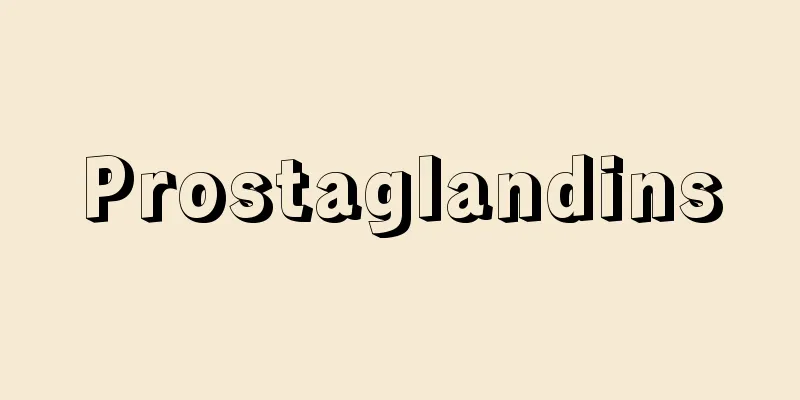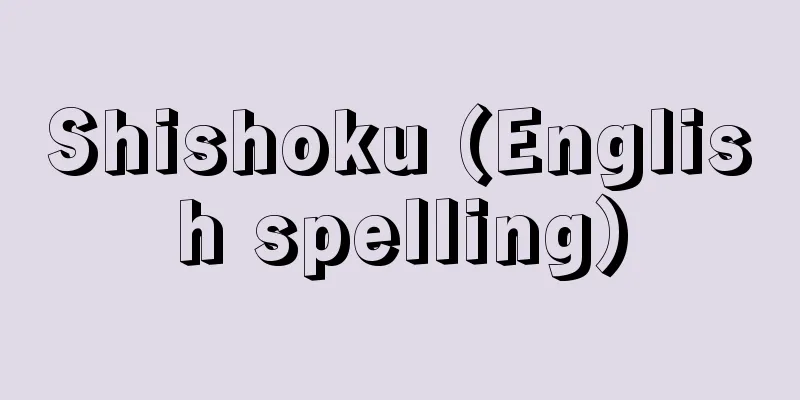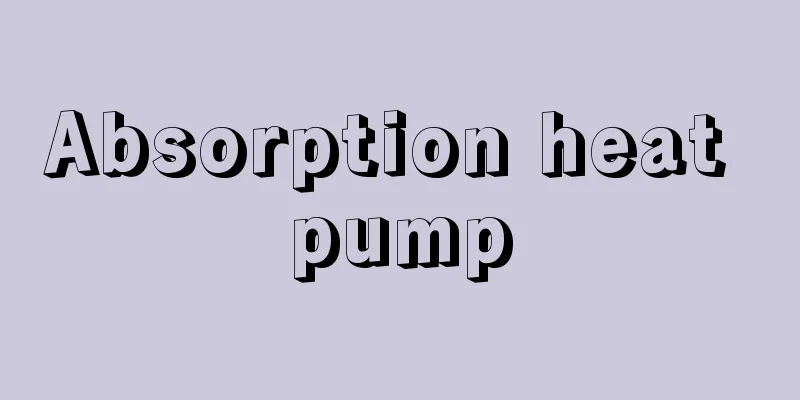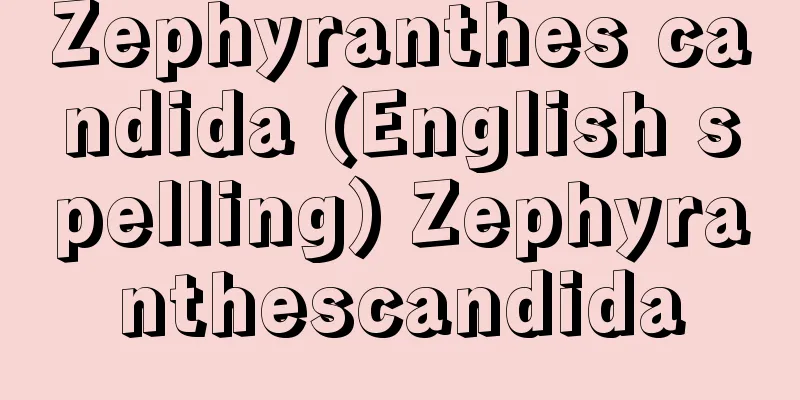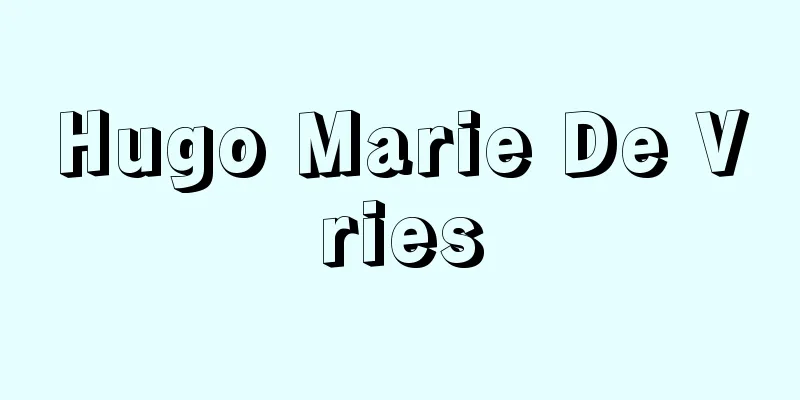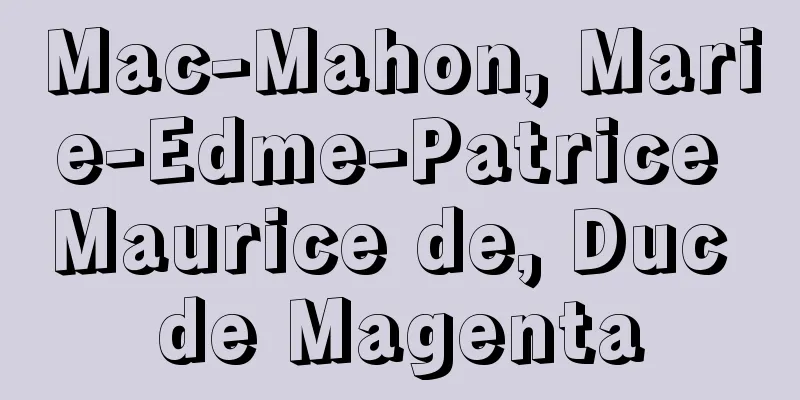Intuition - Chokkan (English spelling)

|
Intuition is not an indirect recognition or understanding of the characteristics or relevance of an object through some kind of thought operation such as analysis, comparison, or verification, but a form of cognition that directly integrates with the perceptual process and instantly recognizes and understands the characteristics and relevance of an object, the meaning and importance of a problem, and the ability to do so. Philosophers have long debated how intuition should be positioned among cognitive abilities. Plato and Descartes considered intuition to be a higher cognitive ability, while Kant, on the other hand, considered it to be a lower cognitive ability. Psychology has not conducted sufficient research on this aspect either. However, while the way of cognition in early childhood involves making instantaneous judgments that are generalized, automated, and compressed by being caught up in the perceptual characteristics of the object, this stage of thinking is positioned as the intuitive thinking stage and is considered to be in contrast to conceptual and logical thinking that involves analytical thinking operations. Piaget, J., a developmental psychologist who is a representative of this way of thinking, demonstrated that early childhood object understanding is influenced by appearances, and that the concepts of number and quantity change depending on appearances. For example, children up to the early age of five have different notions of numbers depending on how the pieces are arranged, and will answer that there are "more" when the pieces are spaced apart than when they are spaced apart. Furthermore, in the middle childhood stage, from ages nine or ten onwards, children's cognition shows conceptual and logical thinking that involves analysis and deliberation. Educational psychologist Bruner, J., points out that from middle childhood onwards, intuitive thinking and analytical thinking develop in a mutually dependent way. However, today, intuition is primarily used to refer to phenomena and mechanisms known as intuitive physics, intuitive biology, intuitive psychology or intuitive morality. These intuitive physics theories are also called naive theories. They are called "theories" because they make inferences based on some naive causal explanatory principle. For example, Spelke, ES et al. (1992) used a habituation procedure to show that even 4-month-old infants cannot pass through solid surfaces. Habituation is a procedure often used with infants who are unable to verbally report, and involves estimating which other stimuli an infant who has become bored with a certain stimulus will judge as novel or strange based on the duration of gaze. In Spelke's study, for example, infants who had been habituated to a picture of a falling object looked more at the former picture, which represents a less likely situation, when presented with a picture of the object passing through a hard surface and a picture of the object stopping on the surface. This result can be seen as evidence that even 4-month-old infants understand the physical causal relationship that an object stops on a solid surface. This is an example of intuitive physics. Other theories include intuitive biology, which provides a primitive understanding such as "living things eat food to obtain energy and excrete it" and "living things will die if they do not eat food," and intuitive psychology, which assumes that mental functions such as will and desire are behind the actions of others. Intuitive psychology is also known as the theory of mind, and it is thought that people with autism do not have it or are slow to acquire it. According to evolutionary psychology, intuitions such as intuitive physics, intuitive biology, and intuitive psychology are presumed to be modular. A module is an automatic encapsulation of the process from input to output that responds to specific input (input related to a specific domain such as the physical domain or the biological domain), and was formed during the process of evolution. Being automatic and encapsulated means that the process cannot be consciously understood, and it is difficult to intentionally intervene in other reasoning. In recent years, intuitive reasoning has also been emphasized in the field of morality. Haidt, J. (2007) argues that in many cases, moral judgments are made intuitively, with rational thinking being done afterwards. One of the modules of moral judgment is the module of reciprocity or fairness used in conditional reasoning. This module is aroused in situations where reciprocity or fairness is not observed, and once aroused, it causes moral anger. For example, if someone is unjustly deprived of 100,000 yen and needs 200,000 yen to get it back in court, they may feel that it is not rational to take the case to court, but they may be overcome with anger and end up paying the 200,000 yen. [Yama Yuji] Latest Sources Psychology Encyclopedia Latest Psychology Encyclopedia About Information |
|
直観とは,分析,比較対照や検証などなんらかの思考操作を経て間接的に対象の特質や関連性を認知・理解することではなく,直接的に知覚過程と一体となり,瞬間的に対象の特質や関連性,問題の意味や重要性を認知・理解する認識の一形式,およびその能力を指す。認識能力のうち直観がどう位置付けられるかは,古来,哲学者の間で議論されてきた。プラトンやデカルトは直観を高次の認識能力とみなしたが,反対にカントは低次の認識能力とみなしている。心理学でも,この面では十分な研究が行なわれていない。しかし,幼児期の認識の仕方は対象の知覚的特徴にとらわれて一般化,自動化,圧縮した瞬時の判断を行なうが,この段階の思考を直観的思考段階と位置付けて,分析的な思考操作を経る概念的・論理的思考に対比するものとみなしている。この考え方の代表である発達心理学者のピアジェPiaget,J.は,幼児期の対象理解は見かけに左右され,数や量の概念が見かけによって変わると判断していることを実証した。たとえば,5歳前半までの子どもにおいて,オハジキは並べ方しだいで数の多少の概念が変わり,間をあけて並べた方を,間を詰めて並べた方よりも「たくさんある」と答えてしまう。さらに,児童期中期の9~10歳以降の認識の形式には,分析や熟考を経た概念的・論理的思考がみられる。教育心理学者のブルーナーBruner,J.は,児童期中期以後は直観的思考と分析的思考とが相互に依存し合って発達していくと指摘している。しかし,現在では直観は主として直観物理学,直観生物学,直観心理学あるいは直観道徳とよばれる現象やメカニズムを指すものとして使用されている。 これら直観物理学intuitive physicsなどは,素朴理論naive theoryともよばれる。「理論」と命名されている理由は,なんらかの素朴な因果的説明原理とともに推論を行なっているからである。たとえば,スペルクSpelke,E.S.ら(1992)は,4ヵ月の乳児でも物体が固体表面を通り抜けることができないということを,馴化手続きを使用して示した。馴化habituationとは,言語報告が不可能な乳児においてよく使用される手続きで,ある刺激を見飽きた乳児が,別のどの刺激を新奇あるいは奇妙と判断するかを,注視時間で推定するものである。スペルクらの研究では,たとえば,物質の落下の図に馴化させられた乳児は,その物質が固い表面を突き抜ける図と,表面で停止する図を提示されたとき,可能性が低い事態を表わしている前者の図をより注視したのである。この結果は,4ヵ月児でも,物質が固体表面によって停止するという物理的な因果関係を理解している証拠とみなすことができる。これは,直観物理学が示した例である。 このほか,「生物は食べ物を食べてエネルギーを得て,排泄する」「生物は食べ物を食べないと死んでしまう」というような原初的な理解をもたらす直観生物学intuitive biology,他者の行動の背景に意志や欲求など精神の働きを想定する直観心理学intuitive psychologyなどがある。直観心理学は,心の理論theory of mindともよばれていて,自閉症の人びとは,これをもっていない,あるいは獲得が遅れると考えられている。 進化心理学によれば,直観物理学,直観生物学,直観心理学などの直観は,モジュール的であると推定されている。モジュールmoduleとは,特定の入力(物理領域,生物領域などの特有の領域に関する入力)に反応し,入力から出力までが自動的でカプセル化encapsulationされたもので,進化の過程で形成されたものである。自動的でカプセル化されているということは,過程を意識することができず,また意図的に他の推論などを介入させにくいことを意味している。 近年,道徳の領域においても直観的な推論が重視されている。ハイトHaidt,J.(2007)は,多くの場合,道徳的判断は直観的に行なわれ,合理的な思考はむしろその後づけとして行なわれるとする。また,道徳的判断のモジュールの一つに,条件的推論で用いられる互恵性あるいは公平性のモジュールがある。このモジュールは,互恵性あるいは公平性が守られていないような状況で喚起され,いったん喚起されると道徳的怒りを引き起こす。たとえば,不正に10万円を奪われて,裁判で取り戻すのに20万円が必要な状況で,裁判に訴えるのが合理的ではないと思いながらも,怒りにかられて20万円を支払うという行動をもたらすのである。 〔山 祐嗣〕 出典 最新 心理学事典最新 心理学事典について 情報 |
<<: Intuition Professor (English: Anschauungsunterricht German)
>>: Deviation from perpendicularity
Recommend
The volleyball court Cappellmeister (English: The volleyball court Cappellmeister)
…Although he worked as secretary to the British a...
Gosho Heinosuke - Gosho Heinosuke
Film director. Born in Tokyo on February 1, 1902....
Revolution per minute
…The unit is often the number of rotations per mi...
Matsuo [town] - Matsuo
A former town in Sanbu County in northeastern Chib...
loa
...The distinctive feature of the national theate...
Gien
...He took on Zeami's nickname Saburo, and wa...
Coastal cargo handling - Engannyaku
…Depending on the location of the ship's anch...
rabbiteyeblueberry
...Three groups of blueberries are important in t...
Neighborhood Association - Choinaikai
A typical Japanese community group established wi...
Mitsunaga Tokiwa
Dates of birth and death unknown. A painter from ...
Emergency Measures for Education during Wartime
...Furthermore, send-off ceremonies were held in ...
Aupanisada (English spelling)
...In Sanskrit, it is called Vedāntavāda. Vedānta...
Anaji - Anaji
…Inui (northwest) is also important, and before t...
Akoya pearl farming - Akoya pearl farming
...However, shortly thereafter, the country fell ...
stipe
…Leaves are made up of a petiole and a blade, and...

![Bank of Japan [Stock] - Nihonginko](/upload/images/67cc704a72638.webp)
